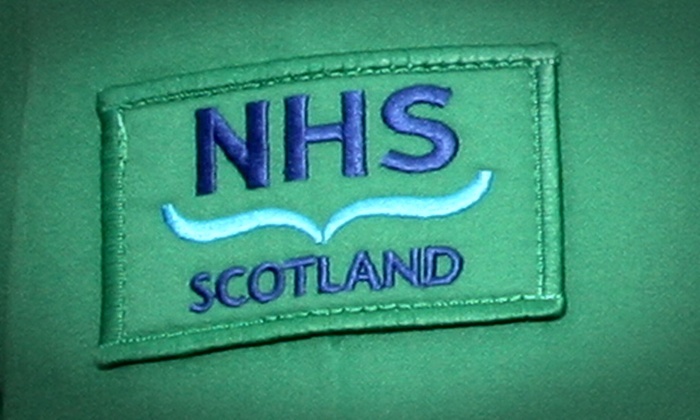Key waiting time targets to treat people sent to cancer specialists are being missed in Tayside and Fife.
Cancer charities branded the findings “unacceptable” as the Scottish Government came under pressure on the issue.
New figures show that between April and June, 89.7% of people who were urgently referred began treatment within 62 days – less than the Scottish Government’s target of 95% and down slightly from 90.2% in the first three months of 2016.
In Tayside, that figure was marginally better than the national average at 90.4%, while Fife was almost exactly the same at 89.8%.
One NHS Tayside patient had to wait 109 days for an urgent referral.
Just two of Scotland’s 14 regional health boards met the target, with NHS Borders and NHS Lanarkshire treating 97.2% and 95.4% of patients within 62 days.
Of the 10 types of cancer, breast cancer was the only form of the disease for which the target was met, with 96.4% of patients treated within two months of referral.
By comparison, 77.2% of those referred for urological cancers – such as bladder, kidney, prostate and testicular cancer – began their treatment within this time.
Gregor McNie, Cancer Research UK’s senior public affairs manager in Scotland, said: “At a time when cancer is Scotland’s most common cause of death, it’s unacceptable that this target hasn’t been met.
“Patients must be diagnosed and treated swiftly if they are to have the best chance of survival. Early diagnosis of patients is a priority in Scotland’s new cancer strategy, but we want to see fast progress to ensure patients are not left waiting too long.”
Trisha Hatt, Macmillan Cancer Support’s strategic partnership manager, said it is “deeply disappointed that the cancer waiting times have been missed yet again”.
She added: “We know that 75% of Scots are diagnosed late. Being treated late as well all adds up to cause real problems getting appropriate care for cancer patients – particularly for those with immediate palliative care needs.”
Scottish Labour’s health spokesman, Anas Sarwar, said: “These numbers should act as a wake-up call to an SNP government that has become complacent on cancer.”
Health Secretary Shona Robison said: “I want health boards to work even harder to improve early access to diagnostics so that patients can get a decision on whether they need treatment or not as quickly as possible.
“This is where we are focusing our efforts – with an additional £2 million invested this August to support immediate improvements in diagnostic and treatment capacity.”
The figures also show that the target for 95% of cancer patients to begin treatment within 31 days of a decision being made on how best to help them was achieved.
Overall for April to June, 95.7% of people began receiving care within a month of the decision being made to treat them, up from 94.9% the previous quarter.










